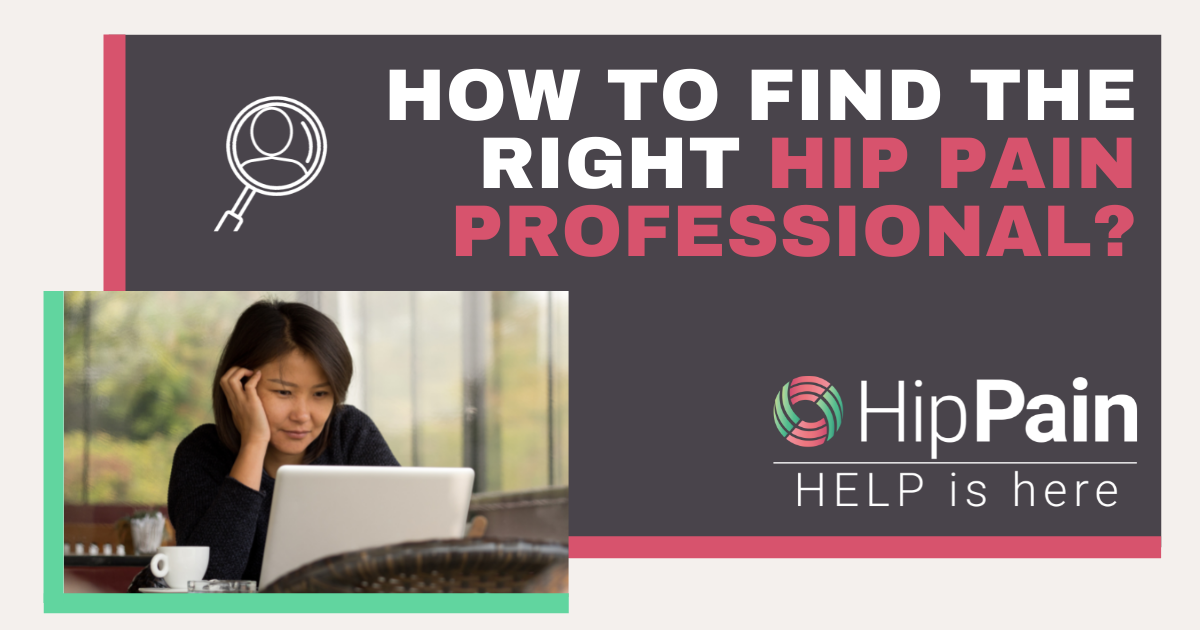The hip flexor muscles, including the iliopsoas (iliac and psoas muscles and the tendons that join the muscles to the thigh bone), are on full stretch, wrapped around the front of the pelvis and the head of the femur (ball of the ball and socket joint). As it wraps tight, the iliopsoas tendon can become irritated and painful, or indeed irritate the hip joint structures underneath, including the psoas bursa (a soft cushion under the tendon) and the labrum.
A lot of people choose this posture to help with the feeling of “tightness” in this region, often not realising they may actually be putting more stress and strain, known as “load”on this area. In the long run, too much stretching may be hindering rather than helping. Turning the foot outwards away from the pelvis or twisting the pelvis forcefully away from the back leg, bringing your pelvis to face the front increases the load placed on these structures.
Pain at the back of the hip with Warrior Pose in Yoga
The extended and turned out position of the back leg may “open” the front of the hip, but in the same way it “closes” down the back of the hip region. This can potentially increase the risk of impingement at the back of the hip, where structures can abut and possibly become painful or irritate structures in that region that are already painful.
Which hip conditions associated with pain at the back of the hip are most aggravated by Warrior Pose?















